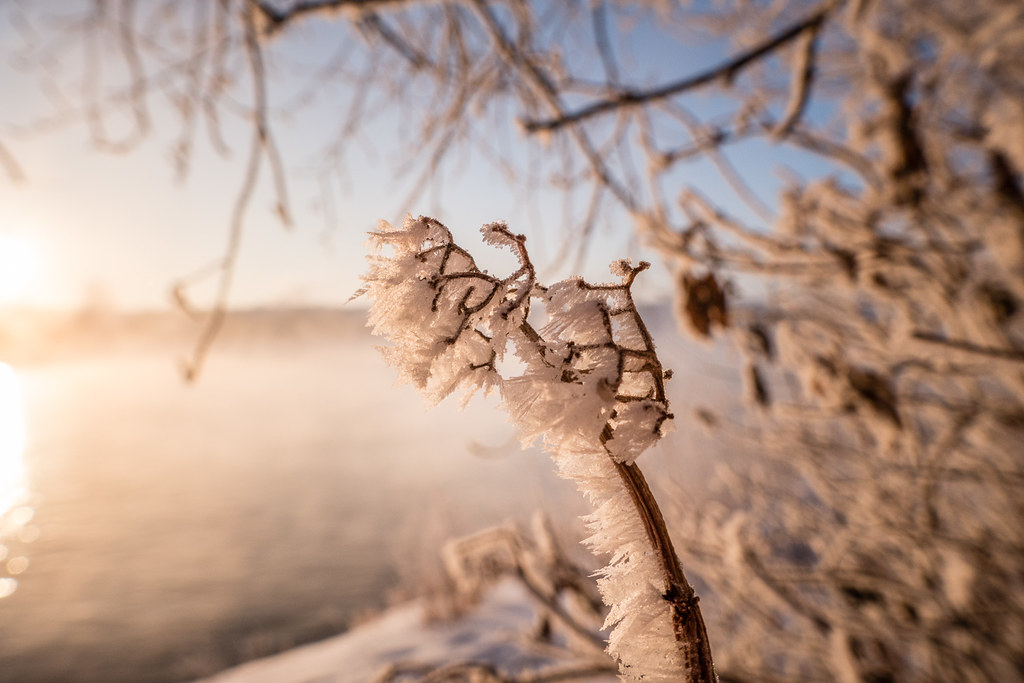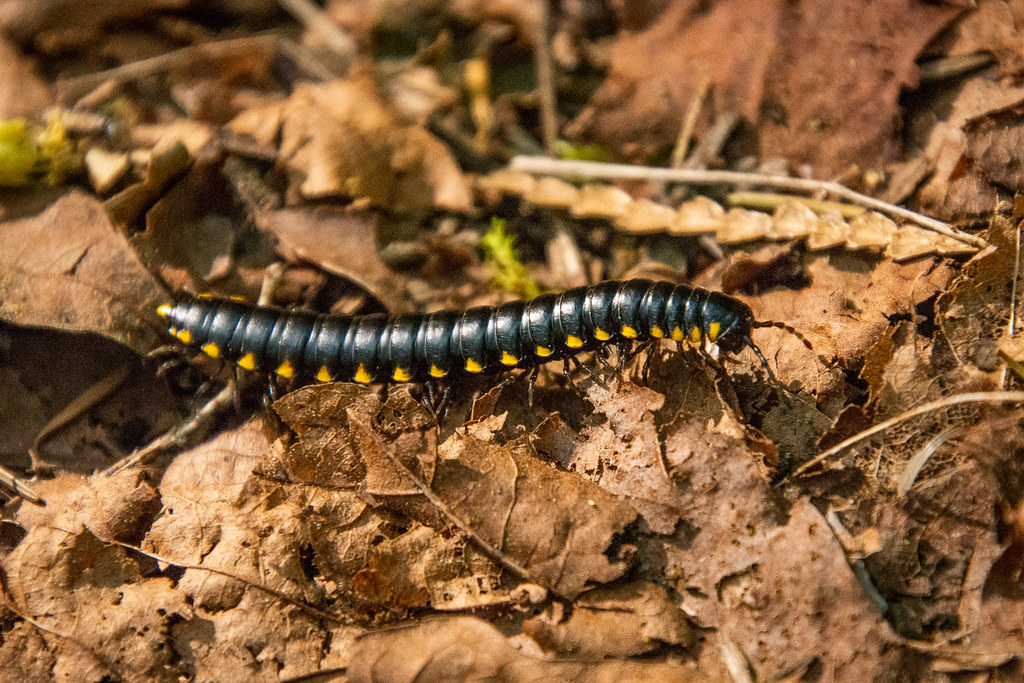Wild Ecol Seminar Series is hosting an online presentation on the seasonal migration of Water Boatmen as a linkage between wetland and river ecosystems at 3:30 pm, Jan. 21.
Catherine Beaudoin will discuss local food and reducing food waste in an online presentation from 7-8:30 pm, Jan. 25, organized by the Saskatchewan Environmental Society and the Saskatoon Public Library.
SaskOutdoors is hosting an online presentation on tools and resources for teaching about climate change and sustainability at 4 pm, Jan. 25.
Looking Ahead
The Citizens Environmental Alliance – Saskatchewan is hosting the second half of a virtual conference on Farmland Drainage and the Environment from Feb. 28 to Mar. 4. Topics include: does farmland drainage actually pay, wetland policies in the Prairie provinces, and landowner rights and responsibilities: laws, stewardship ethics, and conservation psychology.
Full details of all upcoming events can be found on the EcoFriendly Sask Calendar
Energy
Reinventing the electric grid is essential if we are to reach 100% renewable electricity. Storage, greater generation range and transmission, and managing demand to better match supply will be required to accommodate the variability of wind and solar energy. [Undark]
Women who live closer to oil and gas drilling are at higher risk of pregnancy complications, while infants have a greater risk of health complications. The oil industry has fought the introduction of setback requirements. [DeSmog]
The oil and gas sector accounted for 26% of Canada’s GHG emissions in 2019, while oilsands emissions rose by 137% between 2005 and 2019. To meet Canada’s climate goals, the government will have “to follow through on a series of increasingly stringent caps on emissions from oil and gas sources.” [Pembina Institute]
The New York Fashion Act will require large fashion companies to “detail the lifecycle of their garments: from the farms where the raw materials were extracted, through to factories and shipping. They must then identify the points where they have the greatest adverse impact on the environment and people. It will require them to examine fair wages, energy use, greenhouse gas emissions, water and chemical management. They also have to make concrete plans to do better … Failure to do so will see the firms fined up to 2 per cent of their annual revenues.” [Euronews Green]
Nature’s Wonders
Giant millipedes as big as cars (2.7 m long weighing 50 kg) roamed Great Britain approximately 326 million years ago. [Euronews Green]
EcoFriendly Sask supports Saskatchewan environmental initiatives through an online publication, an events calendar, small grants, and the Nature Companion website/app. You can follow EcoFriendly Sask by liking us on Facebook, following us on Twitter, or subscribing by email (top right corner).


